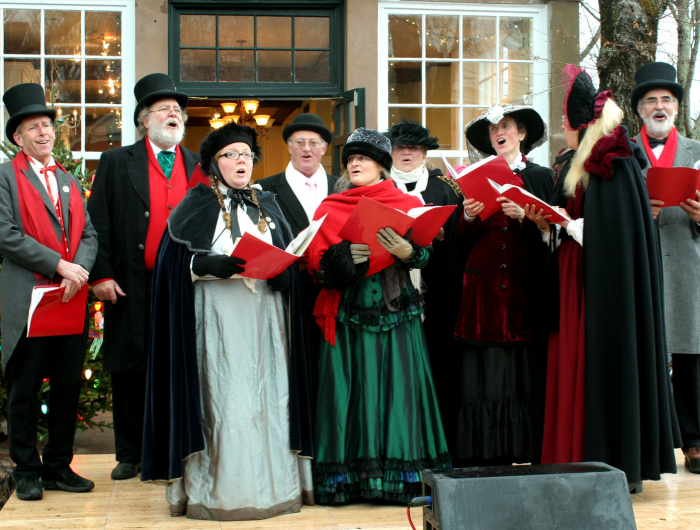Carol
Sustantivo
Canción popular religiosa o himno popular, especialmente asociado con la Navidad. Ejemplo: We sang carols by candlelight around the Christmas tree. (Cantamos villancicos a la luz de las velas alrededor del árbol de Navidad.)
Verbo
Cantar villancicos. Ejemplo: At Christmastime, we often carol from door to door in our neighborhood. (En Navidad, solemos cantar villancicos de puerta en puerta en nuestro barrio.)
¡Ya llega la Navidad! En muchos hogares americanos y británicos, cantar villancicos, o canciones navideñas, es un aspecto importante de la Navidad. Muchos de estos villancicos originaron en los siglos dieciséis y diecisiete, y se cree que algunos de ellos fueron escritos y entonados para mantener el ánimo de la gente durante los sombríos y fríos meses de invierno. Ya sean cantados alrededor del árbol de Navidad con tazas de chocolate caliente o de puerta en puerta para llevar la alegría navideña en un día nevado, los villancicos son una forma estupenda de pasar tiempo juntos durante las fiestas. Disfruta de la letra y la grabación de este conocido villancico, “It came upon a midnight clear”.
It Came Upon a Midnight Clear
1. It came upon the midnight clear,
That glorious song of old,
From angels bending near the earth
To touch their harps of gold:
“Peace on the earth, good will to men
From heav’n’s all-gracious King.”
The world in solemn stillness lay
To hear the angels sing.
2. Still thru the cloven skies they come
With peaceful wings unfurled,
And still their heav’nly music floats
O’er all the weary world.
Above its sad and lowly plains
They bend on hov’ring wing,
And ever o’er its babel sounds
The blessed angels sing.
3. For lo! the days are hast’ning on,
By prophets seen of old,
When with the ever-circling years
Shall come the time foretold,
When the new heav’n and earth shall own
The Prince of Peace their King,
And the whole world send back the song
Which now the angels sing.
Text: Edmund H. Sears, 1810–1876
Music: Richard S. Willis, 1819–1900
Imagen courtesía de MOTT
